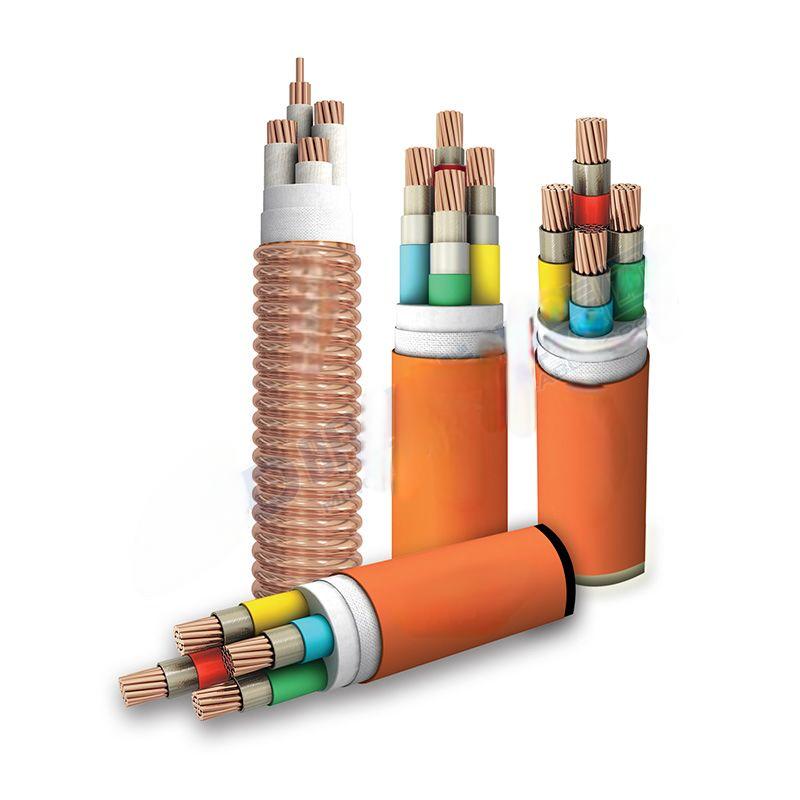Ноя . 22, 2024 17:18 Back to list
floating ball check valve
Floating Ball Check Valve A Key Component in Fluid Systems
In various industrial applications, managing fluid flow is crucial for maintaining efficiency and safety. Among the myriad components used in fluid systems, the floating ball check valve stands out due to its unique design and functionality. This article delves into the characteristics, advantages, and applications of floating ball check valves.
A floating ball check valve operates on a straightforward principle it utilizes a spherical ball that can move freely within a valve chamber. The design allows the ball to float and seal tightly against a seat, effectively preventing backflow when fluid attempts to flow in the reverse direction. When fluid flows in the forward direction, the ball rises and allows passage. This simple yet effective mechanism ensures that systems remain closed tightly when needed, preventing contamination and potential system failures.
One of the primary advantages of the floating ball check valve is its ability to handle various types of fluids
. It can be utilized in both horizontal and vertical orientations, making it versatile for different installation scenarios. Furthermore, its construction from materials such as stainless steel, plastic, or bronze enhances its durability, allowing it to withstand harsh environments and corrosive substances.floating ball check valve

Another significant benefit of floating ball check valves is their relatively low pressure drop, which is essential for maintaining the efficiency of a fluid system. As the ball floats and only obstructs the flow when necessary, minimal resistance is presented during normal operation. This trait is particularly valuable in applications where maintaining flow rates is critical, such as in water supply systems, chemical processing, and HVAC systems.
Floating ball check valves also require minimal maintenance, which can be a considerable advantage for operators looking to reduce downtime in their systems. However, regular inspections are still important to ensure that the valve components remain free of debris and function correctly over time. By utilizing these valves, facilities can optimize their system performance while minimizing operational disruptions.
In terms of applications, floating ball check valves are widely used in various industries, including water treatment, oil and gas, food and beverage, and pharmaceuticals. They play a vital role in preventing backflow that could lead to contamination, ensuring that systems operate smoothly and efficiently.
In conclusion, the floating ball check valve is an indispensable component in many fluid systems. Its ability to provide reliable backflow prevention, coupled with low maintenance requirements and versatility in application, makes it an ideal choice for managing fluid flow in various industries. As technologies evolve and industries continue to innovate, the significance of floating ball check valves will likely grow, solidifying their role in ensuring the integrity and efficiency of fluid systems worldwide.
Share
-
Reliable Wafer Type Butterfly Valves for Every IndustryNewsJul.25,2025
-
Reliable Flow Control Begins with the Right Ball Check ValveNewsJul.25,2025
-
Precision Flow Control Starts with Quality ValvesNewsJul.25,2025
-
Industrial Flow Control ReliabilityNewsJul.25,2025
-
Engineered for Efficiency Gate Valves That Power Industrial PerformanceNewsJul.25,2025
-
Empowering Infrastructure Through Quality ManufacturingNewsJul.25,2025